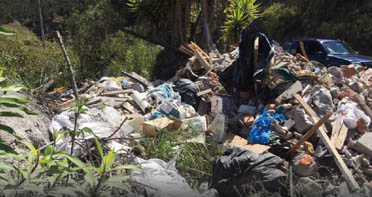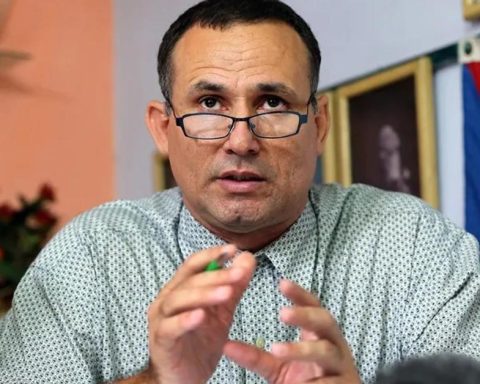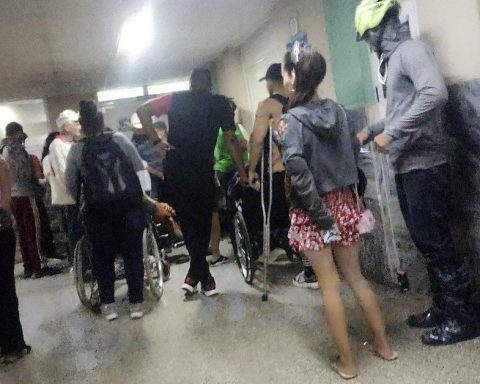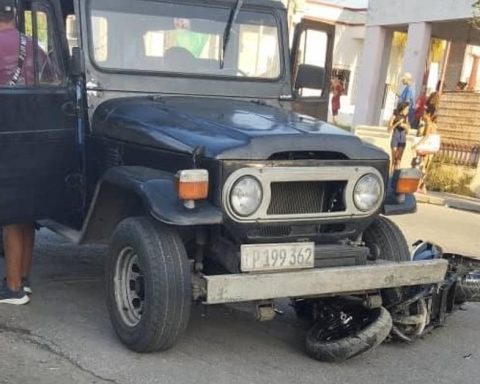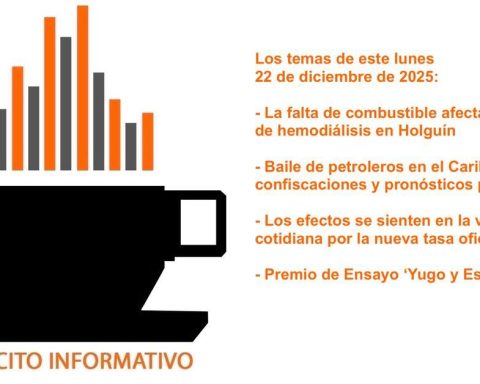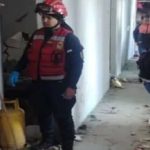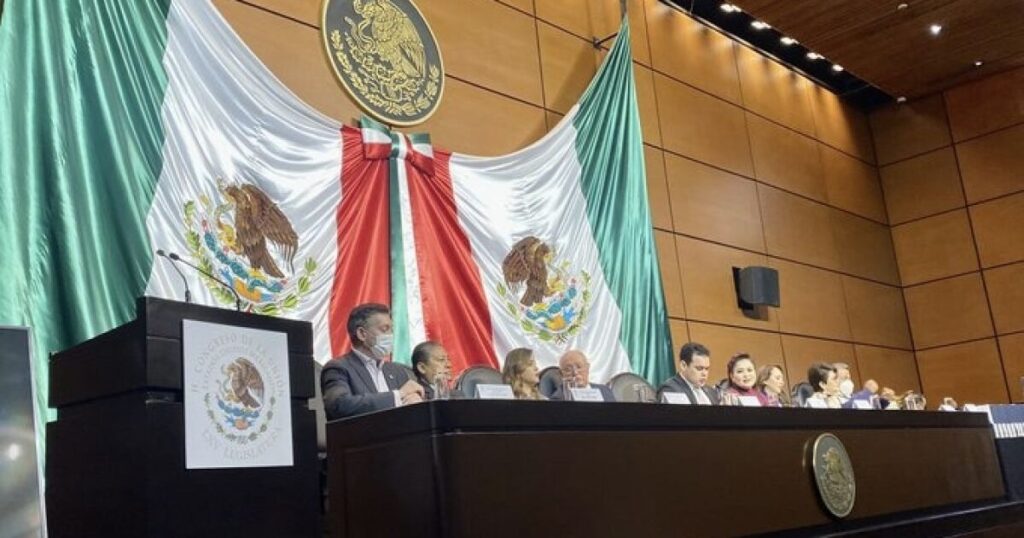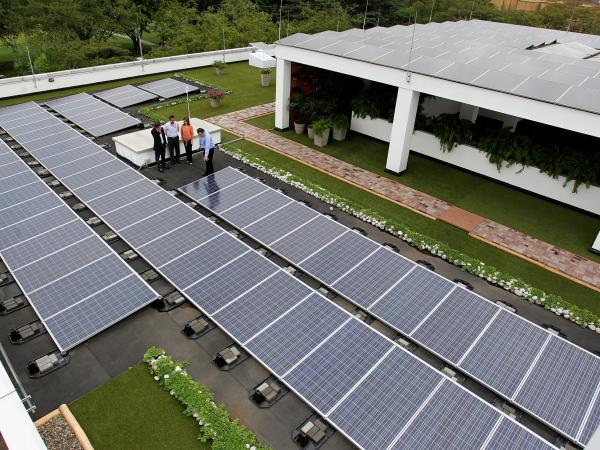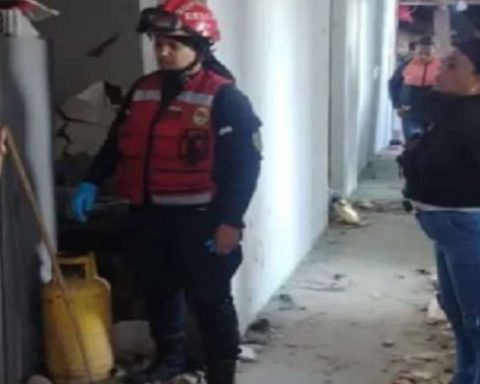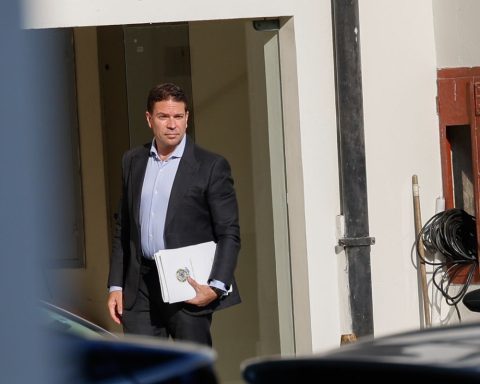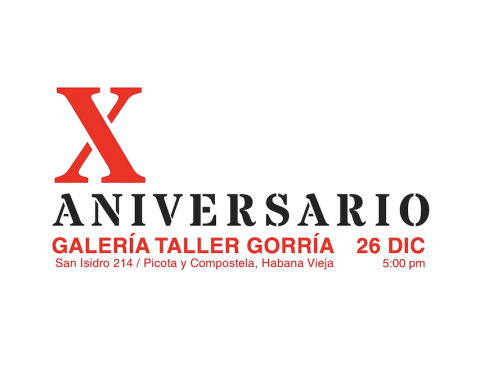The capital, due to its geographical location, is prone to natural disasters. Taking care of the streams and territorial order is essential.
The alluvium of the Commune that he left 28 dead and hundreds of homes and businesses affected put on the table the role of broken in cities like Quito which, due to its geographical location, is prone to natural disasters What landslides, floods and earthquakes. This was explained by the geologist Hugo Yepes, during a session of the Metropolitan Council.
In the capital there 182 streamshowever, has not been classified environmental risk of each one. What is known is that there are governmental and citizen responsibilities that contribute to the mistreatment of these natural spaces whose function is to generate an outlet in the event of events such as a flood. “If the creek is blocked, the water or mud has nowhere to go. They contain themselves as much as they can until, let’s say, they explode and take everything in their path”, explains Mariana Echeverría, environmental engineer.
Creeks turned into dumps
From the citizenship, one of the misuses that contribute to the damage of the streams is to have them as dumps for large and small debris.
In Quito there are two types of sanctions in this regard. According to the Metropolitan Control Agency (AMC), whoever contaminates a stream is fined 50% of a unified basic salary ($212.50) for those who occupy, deposit or maintain construction materials and rubble in public space.
The other sanction focuses on the contamination with waste in streams or rivers. “Large factories generally incur in this,” says Echeverría, emphasizing that in order to raise the penalty (two basic wages), the Ministry of the Environment must prepare a technical report.
From October 2021 to 2022, they are registered 96 sanctions of this type. “But it is very difficult for there to be a sanction because they come at dawn to throw things,” says Tani Tipantuña, who lives in Lloa, where there are six streams.
Uncontrolled settlements
The group Fighting for the Quebradas details that 20 years ago erosion has been caused in the ravines due to the increase in rainfall in Quito, the poor management of sewage and the constructions on the edge of these sites.
The one who has been an active critic of constructions in risk areas is Councilor Mónica Sandoval, who points out that there should be more rigor when regularizing a neighborhood.
After the landslide disaster of January 31, 2022, Sandoval pointed to a lack of planning and political pressure to legalize neighborhoods. Statistics show that this is one of the most common actions of the central governments of the day: between 2017 and 2021 280 settlements were regularized. “The figure is high. What does that mean? that everything is regulated”, says the mayor.
The president of the Association of Risk Management Professionals, Cristopher Velasco, says that the territorial planning of the city must take risk management into account. He details that there are short-term actions that can remedy the problems of the streams and would serve to prevent another disaster, such as the flood, from repeating itself.
Velasco explains that work must be done on retaining walls, mud traps and gutters for rain drainage. On the other hand, generate actions of constant cleaning of streams and expand the declarations of protected areas, so that irregular settlements are avoided.
Three places to dump debris in Quito
The Municipality has three operating dumps to receive this type of material and provide a final disposal in a technical manner, avoiding negative impacts on the environment.
in the valleys
For the inhabitants of Valle de Los Chillos, Cumbayá and Tumbaco, the “Luis Tamayo” dump is enabled, located on L and A streets, in the Santa Ana neighborhood, belonging to the La Merced parish, 2.67 kilometers to the south from the Quito landfill.
North
While in the north of the city, the “El Semillero” dump is located in the Cocotog community, 4 kilometers from the Gualo roundabout.
Sure
And to the south of the capital there is the “Parque Quebrada Río Grande” dump at the intersection of Pilaló and Sozoranga streets, behind the Parque Lineal.
Schedules
The dumps are open from Monday to Friday from 8:00 a.m. to 5:00 p.m., and only the southern dump “Parque Quebrada Río Grande” provides service on Saturdays, from 8:00 a.m. to 1:00 p.m.
Citizens can deliver in these places all their waste such as sand, gravel, stones, topdressing, asphalt, concrete, brick, cement, steel, iron, mesh, wood, soil, excavation subsoil, broken and defective ceramic pieces. The cost per cubic meter is 0.57 cents plus VAT. (AVV)
